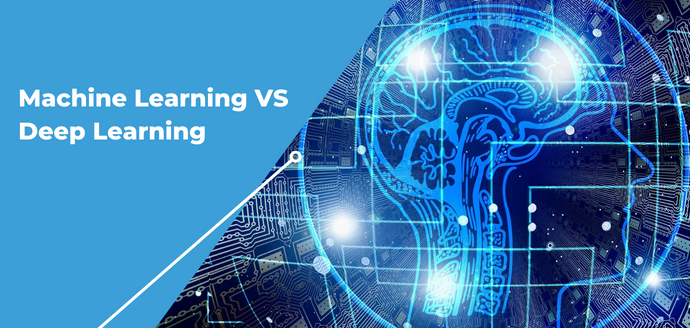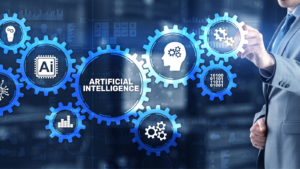
14 Sep Machine Learning VS Deep Learning
Machine Learning and Deep Learning: these two aspects of Artificial Intelligence are often confused. A little clarity on the issue is due.
Machine Learning
Machine Learning is a subcategory of Artificial Intelligence which creates systems that can learn or improve the performance of machines by instructing them with data drawn from past experience and specific algorithms.
There are three main models of Machine Learning:
- Supervised learning: a set of labeled data is provided which allow to learn how to perform a human task. Because it attempts to replicate human learning, this is considered the least complex model.
- Unsupervised learning: unlabeled data are provided and unknown patterns or information are extracted.
- Reinforcement learning: the computer observes its surroundings and uses the data to identify the ideal behaviour that will minimise risk and/or maximise outcomes. This requires some sort of reinforcement signal to help the computer identify its best action.
Among many things, Machine Learning systems enable:
- Transcribing speech into text;
- Identifying objects in pictures;
- Defining the most relevant results of a search;
- Analysing the interests of online users.
Deep Learning
Deep Learning is another subcategory of Machine Learning. It allows researchers to focus on a particular topic in order to keep up with the ever-increasing amount of knowledge gained over the years, and sometimes even to correct prior knowledge to increase the level of accuracy.
Deep Learning is a learning technique in which artificial neural networks are exposed to vast amounts of data so that they can learn to perform different tasks.
The main application areas of Deep Learning techniques are as follows:
- Self driving;
- Language recognition and processing;
- Image classification;
- Media and entertainment (e.g., real-time translation);
- Security (e.g., facial recognition);
- Medical diagnosis (e.g., detection of cancer cells).
These systems have facilitated the development of a variety of successful commercial solutions and have significantly advanced Artificial Intelligence as a whole.

Differences between Machine Learning and Deep Learning
It is important not to confuse Machine Learning with Deep Learning, as these are two different fields, although they have many aspects in common.
In Machine Learning models, the learning is accomplished through algorithms and the guidance of a person who, in turn, helps the machine to improve its functions based on the project goals to be achieved.
With Deep Learning, the machine learns autonomously; using neural networks and algorithms, it is able to determine for itself whether or not the prediction made is appropriate for the type of task at hand.
Therefore, there are numerous differences between these two systems:
| MACHINE LEARNING | DEEP LEARNING | |
| Human intervention | It needs human intervention to obtain results. | It requires minimal human intervention. |
| Time | Once set up, it works quickly but its data processing power is limited. | It requires more time to set up, but the results are instantaneous. |
| Method | It adopts traditional algorithms to analyse data, learns from it, and then makes decisions. | It structures the algorithms so as to generate an artificial neural network. After that, the neural network learns the data and makes decisions on its own. |
| Fields of application | It is used for e-mail, speech recognition, image recognition and in disease diagnosis. | It is used in more complex areas such as self-driving cars, surgical robots and translation. |
To learn more about how Creative AI’s Artificial Intelligence solutions contribute to the development of effective Machine Learning and Deep Learning systems, please get in touch!






